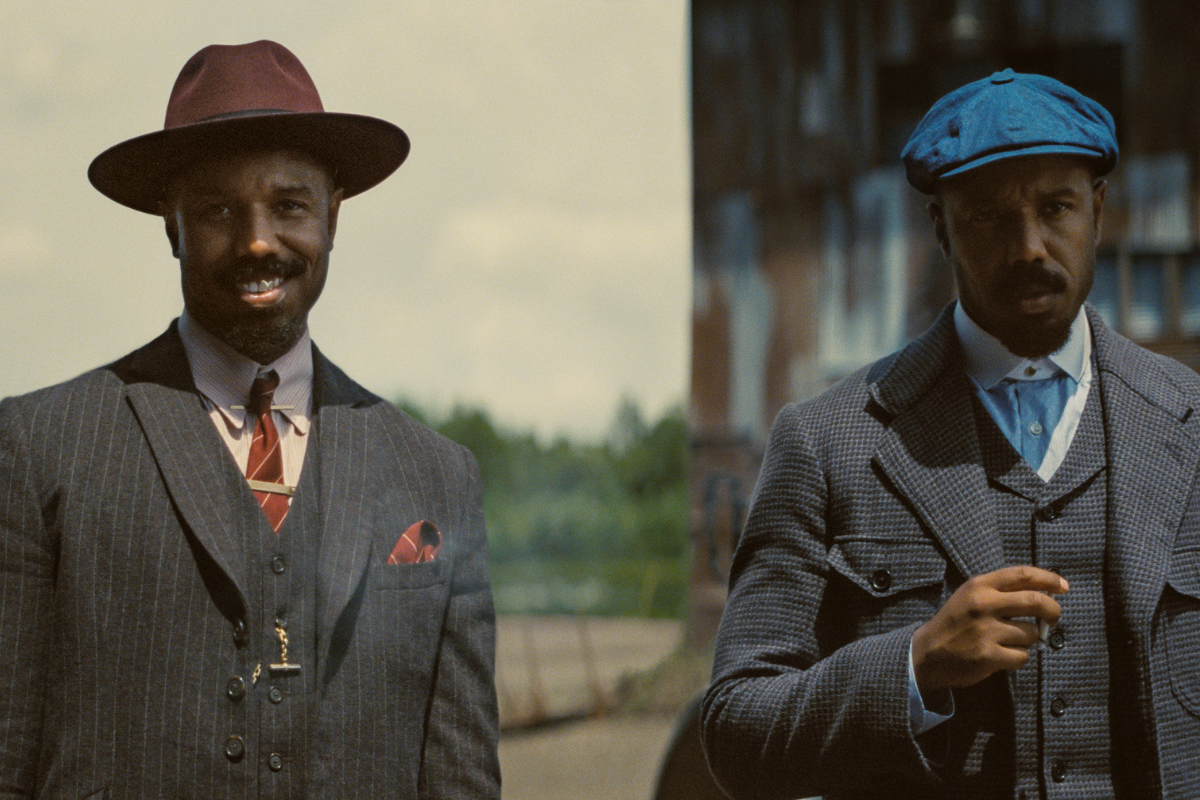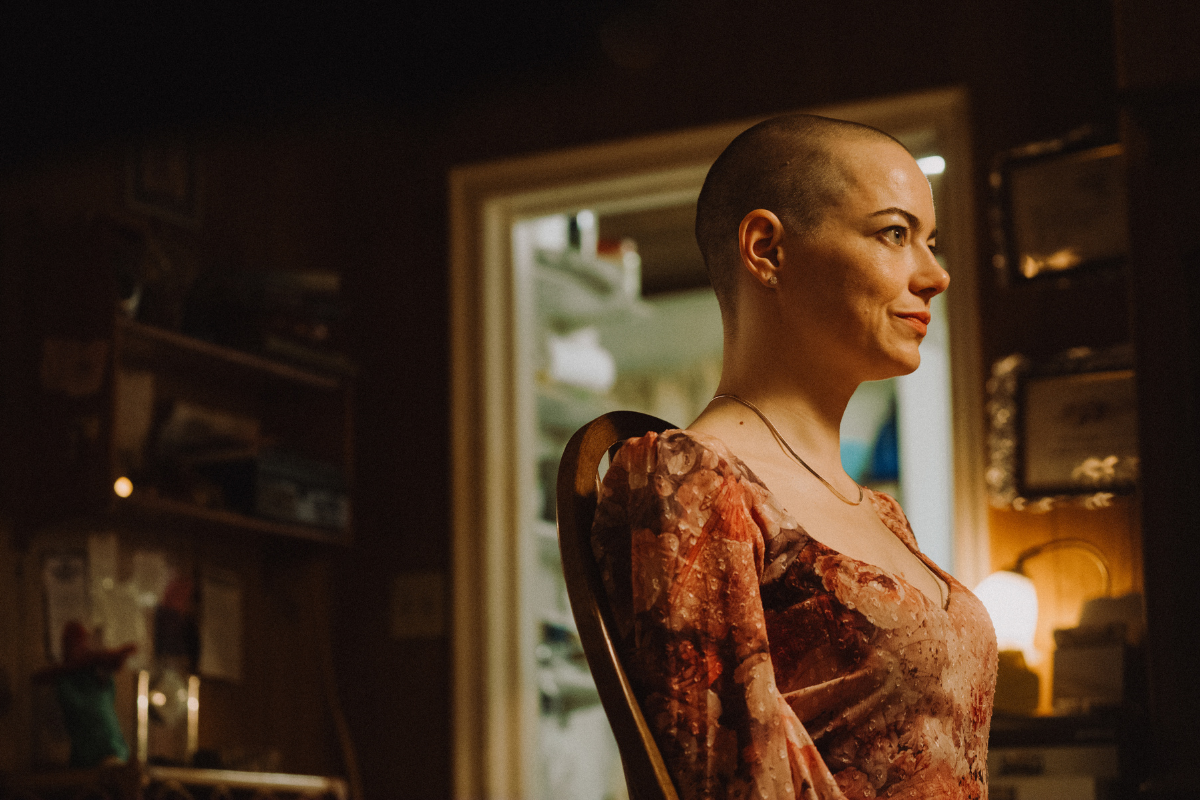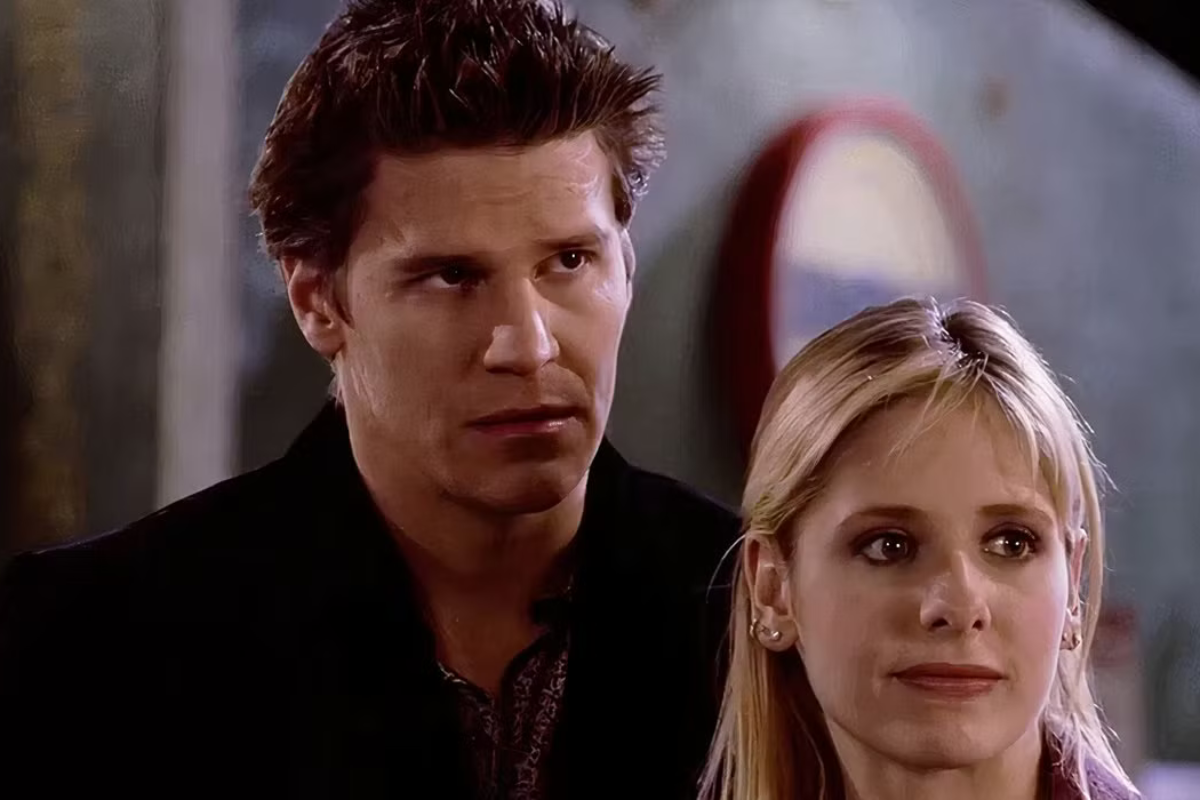SCREENPLAY FORMAT: Dr. Format Answers Your Questions
Dave Trottier, AKA Dr. Format, answers Script’s reader questions on formatting a screenplay like a pro.
Dave Trottier is a produced screenwriter, award-winning teacher, acclaimed script consultant, author of The Screenwriter's Bible , and friendly host of keepwriting.com. Follow Dave on Twitter: @DRTrottier.
LOCATION HIERARCHY
QUESTION
I hope you may be able to settle a minor disagreement between a colleague and me regarding the correct format for master scene headings (slug lines). When I write a new location without a preceding establishing shot, I usually start with the specific room or area in which the action takes place and then move outward. For example:
INT. LOBBY, FOUR SEASONS HOTEL, LOS ANGELES – NIGHT
In my mind, this way offers the most clarity as the first image the reader will conjure up is of a lobby in a swanky hotel, which happens to be in Los Angeles. My colleague, however, believes that the information should be presented in the reverse manner, as follows:
INT. LOS ANGELES, FOUR SEASONS HOTEL, LOBBY – NIGHT
Which is correct?
ANSWER
Your colleague is more correct than you are. You should start with the larger location and work down to the smaller location. The scene heading would actually look more like this:
INT. LOS ANGELES - FOUR SEASONS HOTEL - LOBBY – NIGHT
However, that would not be technically correct because a shot of Los Angeles would have to be an exterior shot, not an interior shot. In this case, I suggest you establish Los Angeles first, as follows:
EXT. LOS ANGELES - NIGHT
The city is alive with pedestrians and traffic. In the distance sits the Four Seasons Hotel.
INT. FOUR SEASONS HOTEL - LOBBY – SAME
Those slug lines communicate to the reader that we open with Los Angeles and then move toward the hotel.
Another approach is to open with an exterior of the hotel and then cut to the lobby. In that case, you could communicate that the hotel is in Los Angeles via a sign on the wall or through dialogue.
IS PAGE ONE REALLY PAGE ONE?
QUESTION
If you use a quote to open the script on the page preceding FADE IN, is that page considered page one, or is the next page beginning with FADE IN still considered the first page?
ANSWER
The page beginning with FADE IN is always page one. As a general suggestion, don’t place a quote on a separate page between the title page and page one. If that quote is important, and if you want the audience to see it on the movie screen, then it should appear on page one. Thus, page one would look something like this:
BLACK SCREEN
SUPER: “Two can live as cheaply as one, but only half as long.”
FADE IN:
A piggy bank.
In terms of how the first few pages of your script should look, follow this protocol: Your cover page is first and should consist of blank card stock, any color. It should be followed by your title page. Your title page should be followed by page one of your script.
Page one should not have a page number typed on it; but page two, and all pages thereafter, will have page numbers appearing in the upper right corner.
DIRECTING THE FOCUS
QUESTION
What should I do in the situation where there are two sets of people talking, and I want the audience to overhear one set while the main focus is on the other set?
ANSWER
I think you want something like this:
INT. RESTAURANT – NIGHT
Mustafa and Jane sit down at a table. A waiter hands them menus.
In a booth behind them across the aisle, Fatty and Slim plan. Mustafa and Jane cannot hear them.
SLIM
Wait ‘til they leave.
Slim angrily eyes Mustafa and Jane, who study their menus.
FATTY (O.S.)
I’ll follow them out to their car.
SLIM (O.S.)
They’ll get what they deserve for
not formatting their script correctly.
Mustafa lifts a feature script from his briefcase and places it on the table.
FATTY (O.S.)
(Incredulously)
Don’t they read Dr. Format’s column?
In the above scene, the focus is on Mustafa and Jane. Notice most of the dialogue between Fatty and Slim is spoken off-screen (O.S.).
A different approach would be to show Mustafa and Jane overhearing the conversation between Fatty and Slim.
Originally published in Script magazine May/June 2006.
Sign up for Dave's next Screenwriting University class - Proper Formatting Technique
Not only will he teach you the rules of script formatting, he will show you when and how to break them.
Dave's next class starts November 12, 2015
REGISTER TODAY!
Dave Trottier (AKA Dr. Format), author of seven books including The Screenwriter's Bible, has sold or optioned ten screenplays (three produced) and helped hundreds of writers sell their work and break into the biz. He is an award-winning teacher, in-demand script consultant, and friendly host of keepwriting.com. Twitter: @DRTrottier







